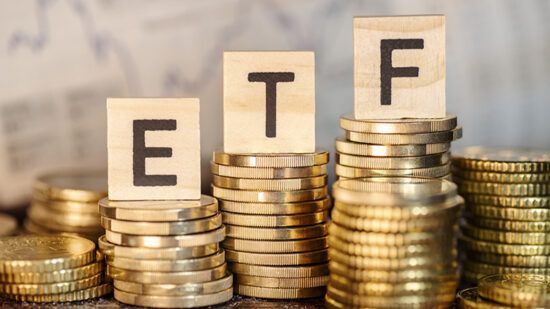Bitcoin continues to trend upward, and recently breached the $60,000 mark. To give some perspective, one year ago the asset was trading just above $5,000.
So, what happened?
Like most asset classes, it was hit hard by the coronavirus crisis. As global markets were falling back in March 2020, bitcoin also dropped significantly. But the digital asset was quick to rebound– and beyond expectations.
We believe one of the main reasons underpinning its growth was the increased adoption from institutional investors, on the back of positive industry developments and a supportive macro backdrop, writes Florian Ginez, associate director, quantitative research, WisdomTree.
Institutional demand has picked up
The past year will probably be remembered as the year when institutional investor adoption started to ramp up. As the market ecosystem has been maturing, it has brought much needed institutional grade solutions for trading and custody of digital assets.
In addition, a flock of bitcoin exchange traded products (ETPs) has been brought to market, mostly in Europe but also in Canada. These instruments represent a simplified way to access bitcoin for investors, allowing them to get exposure through a traditional instrument, integrated in existing systems, while taking the burden of key management away from the investor.
Bitcoin ETPs and exchange traded funds have experienced quite strong growth with more than $900m inflows over the past year. Another key indicator of the rise in institutional adoption was the steady growth of activity in the regulated futures market, now reaching over $3bn in daily traded volume and over $2.5bn in open interest for the CME bitcoin futures.
Industry developments fuelled positive sentiment
A flurry of positive news from corporations has helped sentiment over the course of the year, prompting investment managers to get a closer look at the asset class.
Well-know, established companies have regularly made announcements around digital assets, which can broadly be classified in three groups: signalling a willingness to start accepting bitcoin payments in the future, the development of crypto-related services, and investment in bitcoin onto the balance sheet.
These were not contained to payment services companies like Visa, Mastercard, Square or PayPal, but also industry champions like Tesla or Amazon.
Covid-19 provided a favourable macro narrative
Investment was also supported by the macro backdrop. The pandemic has led economies around the world to contract last year, sometimes to extents not seen in centuries. As economies were shut down in an effort to prevent the virus from spreading, policymakers had to take action to try and cushion the economic blow.
The amount of liquidity injected by the central banks of developed economies ballooned to unprecedented levels, raising the spectre of inflation. Furthermore, governments have been mounting piles of debt to support businesses and help maintain employment through lockdowns.
In an environment with low yields, risks of rising inflation and uncertain prospects for most traditional assets, bitcoin certainly looked attractive to certain investors in 2020.
The 2020 halving – a prophecy fulfilled
Finally, another potential driver for the price increase is the structural rate of new supply reduction. On May 11, 2020, the bitcoin reward for mining blocks was halved. Block reward, or “subsidy”, consist of freshly minted bitcoins, and is effectively the issuance mechanism of bitcoin.
The regular reduction of new supply provides bitcoin with one of its most desirable characteristics: finite supply. The event, called a “halving”, was arguably the most awaited event of the year for the asset. Halvings have historically preceded the strongest bull runs in the asset’s history, and it certainly contributed to positive sentiment.
We expect 2021 to be a continuation of the trends we saw over the past year. As the perception of the assets in the investment management industry and regulatory circles evolves, and as reverse inquires on the asset from the end clients intensifies, we believe more and more traditional actors will start to dabble with bitcoin and bring more demand for the asset.
This article was written for Expert Investor by Florian Ginez, associate director, quantitative research at WisdomTree.







